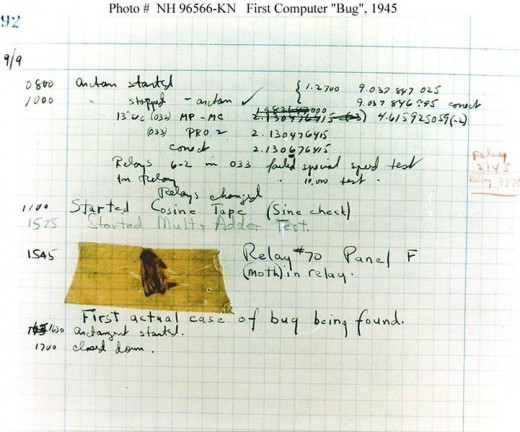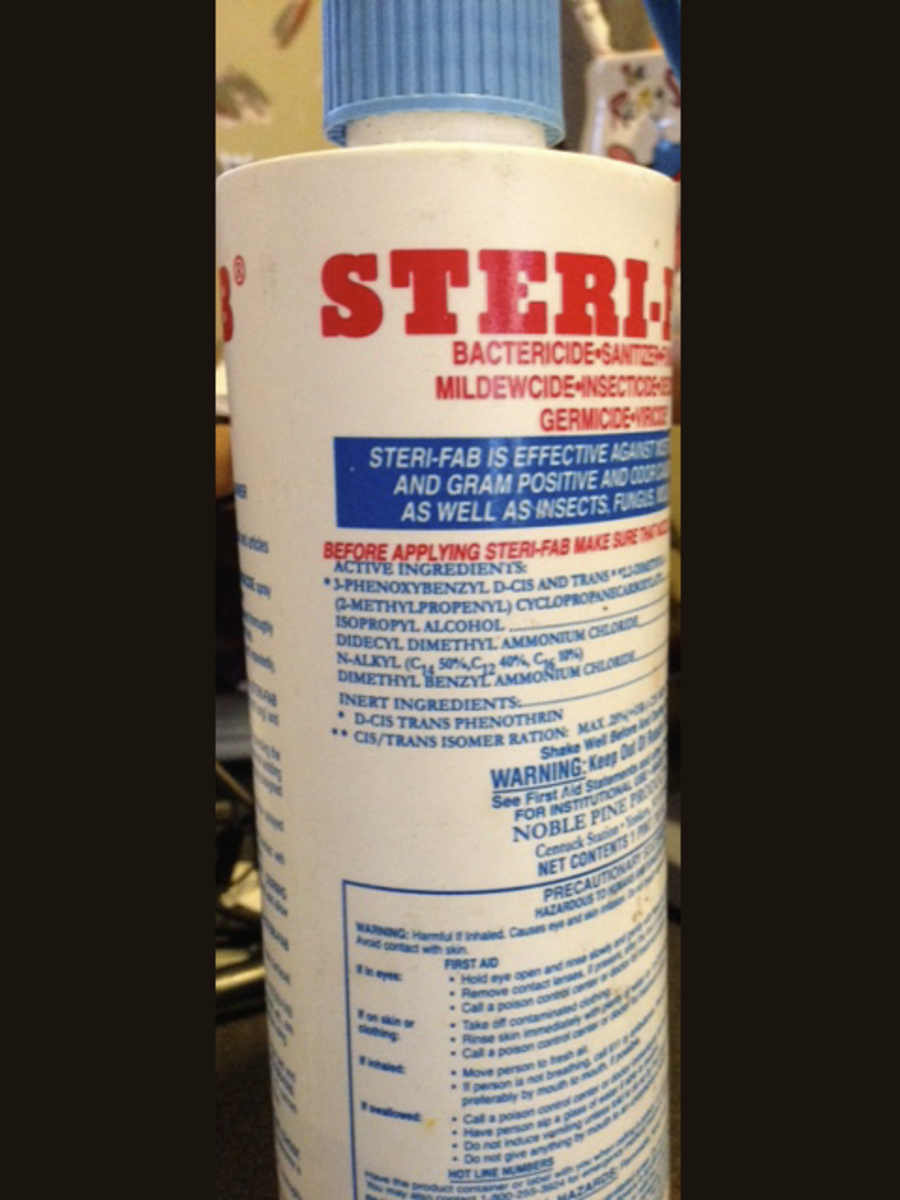Computer Bugs - Where does the name come from?
Where Does the Term “Computer Bug” Come From?
If you’ve seen The Matrix movies, then you know that they get attacked by machine-like bugs that infiltrate the computer system. The word “bug” is commonly attached to any computer problem: “there’s a bug in my system” or a “bug is slowing down my computer”. But where did the association come from?
The story is that the first computer bug was discovered by Grace Murray Hopper at Harvard in 1945. She had a Mark II Aiken Calculator that was experiencing troubles. Upon further investigation, an actual moth was found between the contacts of the relays. Indeed, the first bug was a real one. For further proof, the moth was removed and added to a log book with an entry that read “first actual case of bug being found”. The log book with the moth can be found at the History of American Technology Museum, which is part of the Smithsonian. Reading into the log entry further, you’ll notice the word “actual.” Hopper and her fellow teachers were already familiar with the term, and used it in their writings.
However, with a little investigation, it can be found that the word “bug” was in fact used prior to this date. Thomas Edison used the term to describe some industrial faults in the late 1880’s. He is quoted as saying "It has been just so in all my inventions. The first step is an intuition--and comes with a burst, then difficulties arise. This thing gives out and then that--'Bugs'--as such little faults and difficulties are called--show themselves.”
An 1896 electrical handbook, Hawkin's New Catechism of Electricity stated that the word "bug is used to a limited extent to designate any fault or trouble in the connections or working of electric apparatus.” The books links the problems to quadruplex telegraphy, when incorrect Morse codes were sent using semi-automatic keyers. Those keyers were called bugs, and the well known Vibroplex line even used a picture of a beetle on them. The telegraph lines had operators frustrated due to a garbled noise, which they attributed to the sounds of insects outside the lines, creating another link to the term.
Nowadays, the term computer bug is commonly used to indicate hardware or software problems within a computer. It also lends itself to problems outside of computers when an electronic items has issues, meaning that the items does not work as expected. “Working the bugs out” or “debugging” are popular terms to mean the process of correcting the issue.This was the actual bug

Here are some providers that protect you from data loss due to computer bugs
- Helping Enterprises Backup Online
Storagepipe Solutions is a premier provider of online Backup Solutions for large and medium-sized companies. - Windows Online Backup
Sumo Backup for small business








